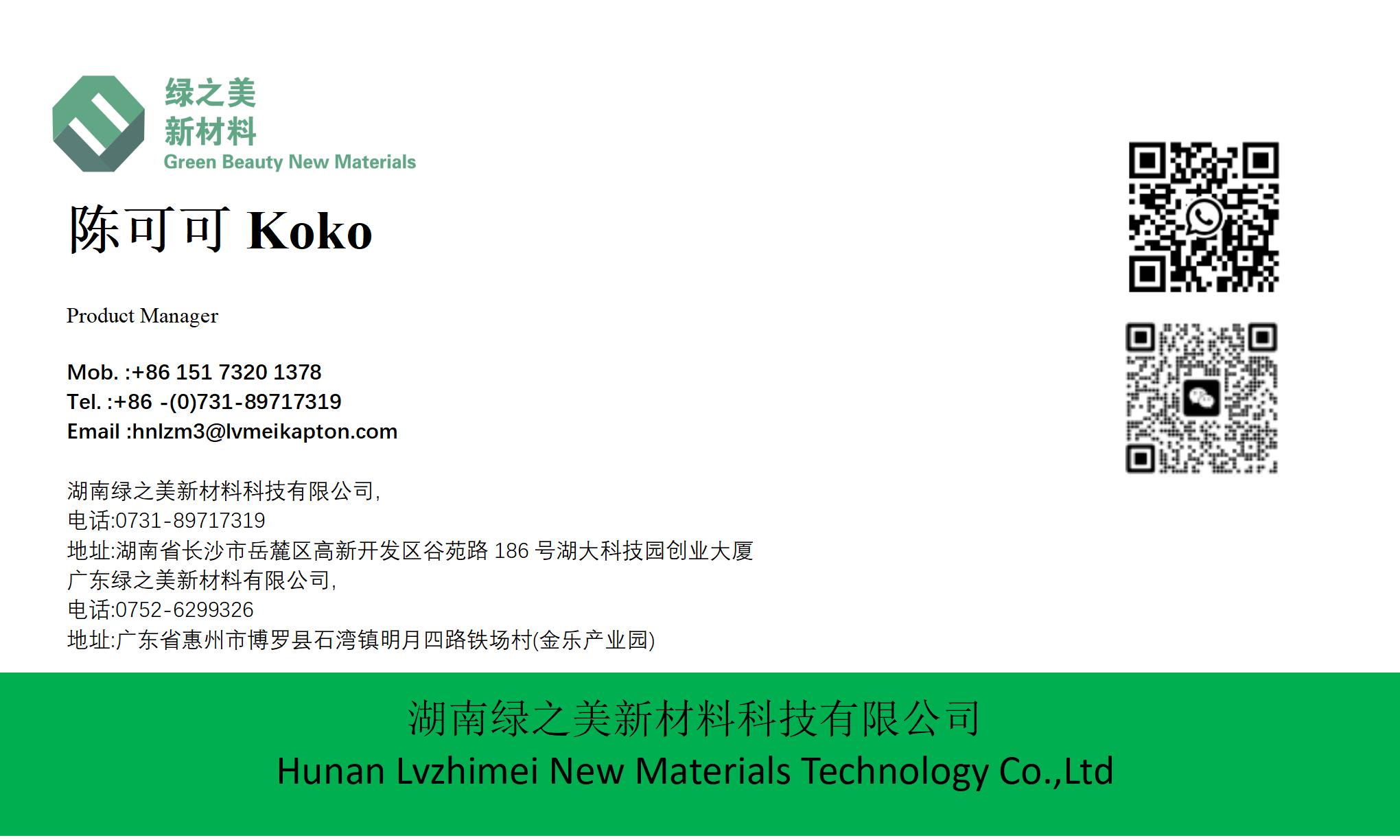



Which Materials are Best for 5G Antenna Packaging Heat Dissipation | https://www.lvmeikapton.com/
The rapid adoption of 5G technology has driven the need for advanced materials in antenna packaging to address the challenges of heat dissipation. This article explores which materials are best suited for 5G antenna packaging heat dissipation and their unique properties.
In the realm of 5G high-frequency antenna packaging, the choice of materials plays a critical role in ensuring efficient heat dissipation. Polyimide tape, commonly referred to as kapton tape, stands out as one of the most effective materials. PI tape is renowned for its high thermal conductivity and stability, making it ideal for managing the heat generated by 5G antennas. Its ability to withstand high temperatures without degradation ensures long-term reliability.
Another key material is gold finger electronics. Gold finger contacts provide excellent electrical conductivity and durability, crucial for maintaining stable electrical connections in high-temperature environments. By combining gold finger electronics with PI tape, engineers can create a robust heat dissipation system that enhances the overall performance of 5G antennas.
Other materials worth considering include ceramic substrates and metal heat sinks. Ceramic substrates offer high thermal conductivity and excellent electrical insulation, making them suitable for high-power applications. Metal heat sinks, on the other hand, provide a large surface area for heat dissipation, effectively cooling down the antenna components.
In summary, the best materials for 5G antenna packaging heat dissipation include polyimide tape, gold finger electronics, ceramic substrates, and metal heat sinks. Each material offers unique advantages that contribute to effective heat management, ensuring the reliable operation of 5G technology. To explore more about these materials and their applications, visit https://www.lvmeikapton.com/.





